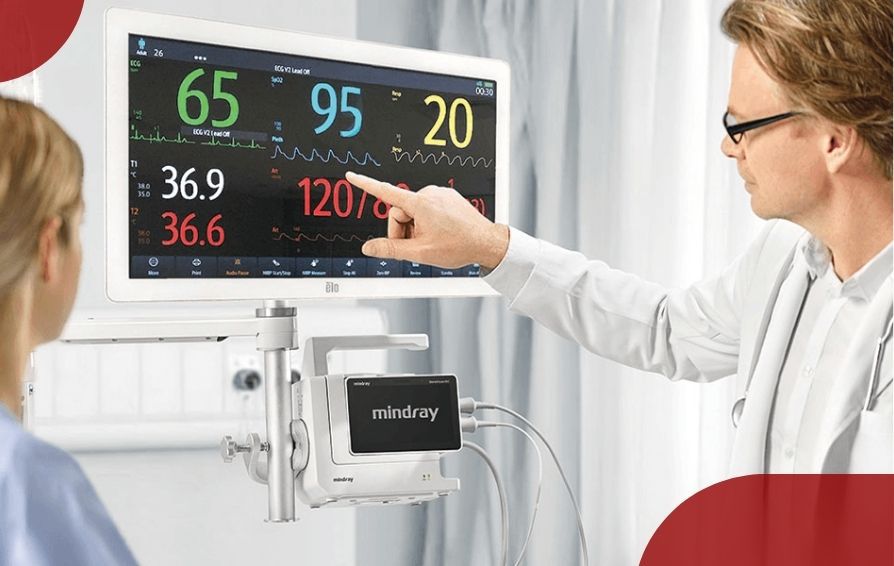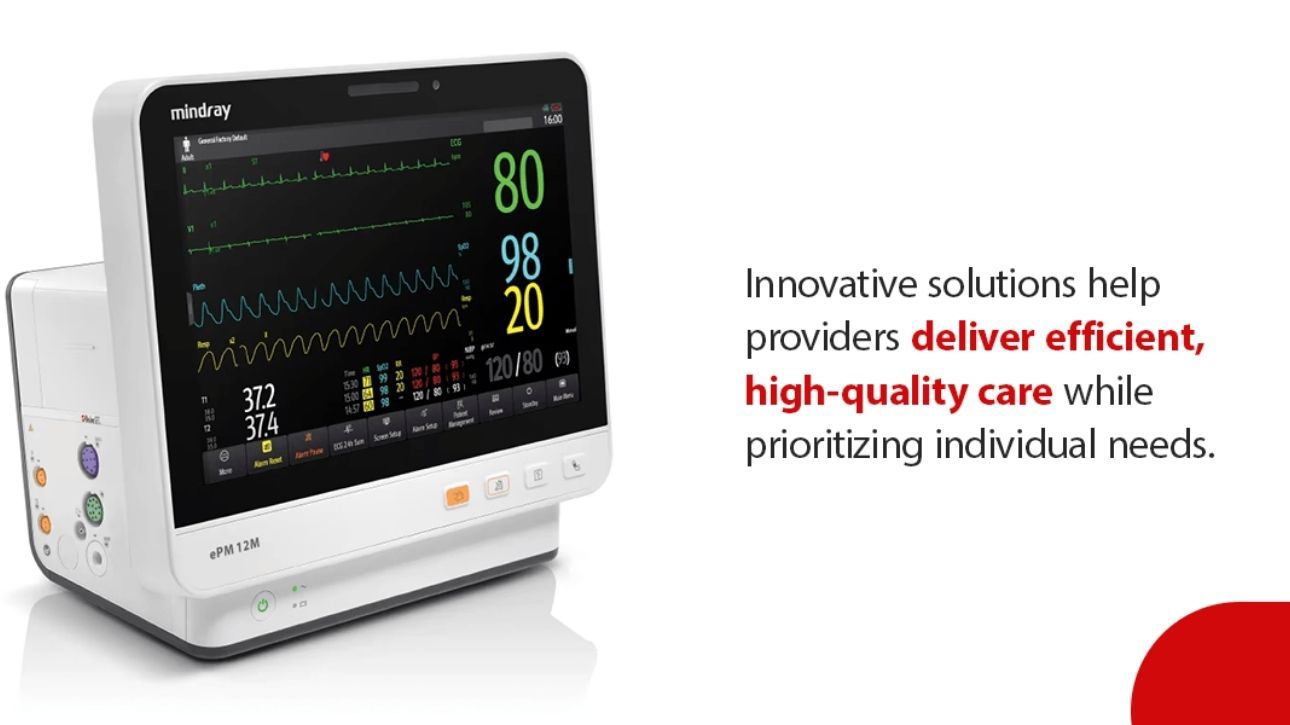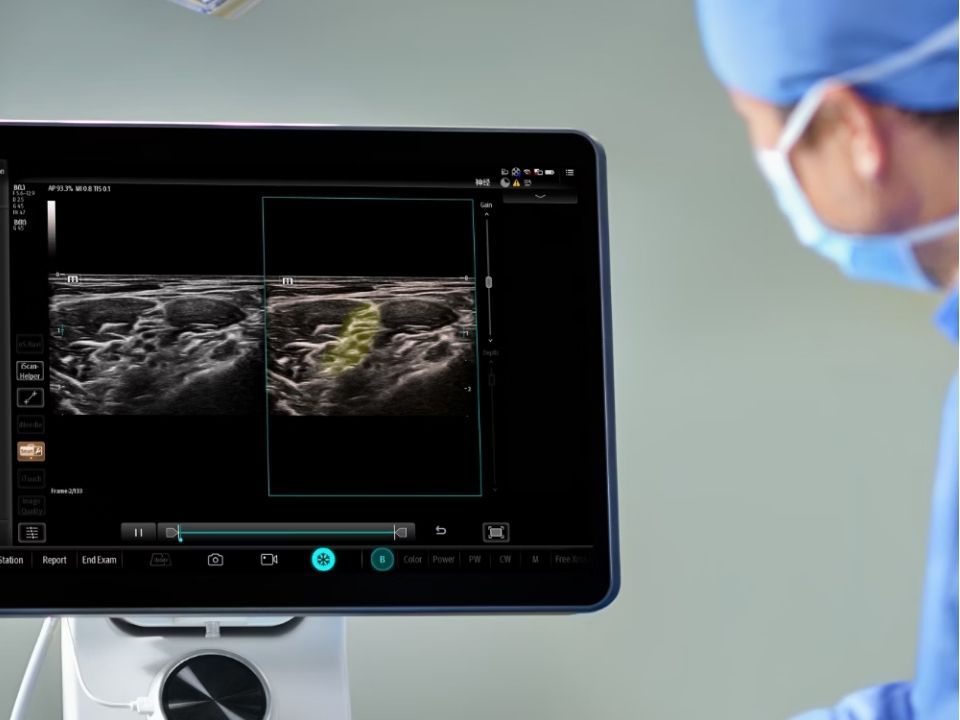Patient-Centric Approaches in Ambulatory Surgery: Leveraging Technology
11-18-2025

Healthcare in the U.S. is rapidly changing, largely because of technological advances. As this evolution occurs, so does a fundamental shift to more patient-centric care — an approach that prioritizes individualized treatments based on the patient's needs and preferences. This shift is evident in ambulatory surgery centers (ASCs), where streamlined patient experiences help promote greater comfort and positive care outcomes necessary for value-based care goals.
Technology is key to this evolution. It supports clinical decision-making, boosts operational efficiency, and empowers data-driven care and delivery improvement. Let's explore how technology supports patient-centric surgery and treatment in ASCs.
Advanced Patient Monitoring Solutions
Patient monitoring is one of the primary deployments of technology in ambulatory surgery applications, where clinicians rely on real-time data to help uphold quality care and treatment decision-making. These advanced monitoring systems track vital signs to detect potential issues, empowering quick medical intervention when necessary. Algorithms can help analyze patient trends, while intuitive interfaces allow for quick assessment. For example, patient monitoring during the intraoperative phase helps providers oversee stability by tracking vitals like oxygen saturation (SpO2), blood pressure, ECG, and respiratory rate.
These systems feature customizable alerts, supporting patient-centric care by allowing users to configure notifications based on patient-specific criteria. Additionally, patient monitoring solutions include data integration capabilities, enabling simplified information sharing and automated documentation within electronic health records (EHRs) or electronic medical records (EMRs). This standardized approach helps promote consistent care delivery across facilities while supporting efficient clinical workflows.
Imaging Technology
Imaging technology, including point of care ultrasound solutions, delivers tangible value in ASCs. These systems provide high-resolution visualization of internal structure and anatomy without the discomfort and potential risk of invasive approaches like surgical exams or exposure to ionizing radiation. This in-depth imaging can help guide ASC clinicians through surgical procedures, supporting precise placement and verification. These imaging solutions are used in multiple applications, from vascular access to regional anesthesia guidance.
Additionally, ultrasound technology offers fast, real-time visualization, so providers can quickly make informed treatment decisions while keeping pace with busy operating room (OR) schedules.
Anesthesia Delivery Systems
Anesthesia is a necessity in any ASC, reinforcing the need for accurate medication delivery, precise control and monitoring. Today's anesthesia delivery systems support patient-centric approaches with patient safety features, such as real-time guidance on dosing based on the patient's medical history and current condition. Data integrations also keep essential information at the provider's fingertips. With the entire clinical workflow onboard, these systems provide value throughout the perioperative phase, optimizing and standardizing workflows to help reduce errors.
Moreover, advanced monitoring capabilities and user-friendly interfaces aid clinicians in maintaining precise control while supporting efficient care delivery across different procedures.
Considerations for Patient-Centric Healthcare Technology in ASCs
We recommend considering the following when selecting healthcare technology for ambulatory surgery settings.
Integration Capabilities
Changing technology for the sake of change isn't the ideal approach. Before introducing new tools, it's important to plan carefully to prevent information silos, visibility gaps, and user frustration. Assess the choices for compatibility, communication, and standardization by answering the following:
- Does the solution integrate seamlessly with your current infrastructure?
- Will the change help streamline communication and uphold efficient data flow between departments and healthcare providers?
- Does the technology aid in standardization across facilities to minimize the potential for errors, helping improve ambulatory surgery outcomes?
Operational Impact
Equally as important as integration is the operational impact that healthcare technology can have in the ambulatory surgery setting. It's best to evaluate to ensure the effects will be positive rather than restrictive. Ask whether the technology or solution:
- Will require extensive user training, or whether it's user-friendly with minimal time commitments
- Adapts to your workflows rather than forcing your team to change how they work to incorporate it
- Aligns with your resource allocation strategies
Long-Term Return on Investment
Ideally, every technology you implement should help future-proof your ASC. Promote that outcome by answering these questions:
- Does the technology offer scalability potential to keep pace with future facility growth?
- Does the manufacturer commit to ongoing support and technology upgrades as advancements occur?
- Will the technology be able to evolve with shifting care standards, or will it become obsolete if major changes happen?
Why Trust Mindray North America?
Mindray is a trusted developer of healthcare technology nationwide, with the top 34 hospital systems in the country choosing our solutions and support. We draw on decades of expertise and a deep commitment to innovation to deliver on our mission — advance medical technologies to make healthcare more accessible.
Our long-term partnerships with clinicians are backed by the Mindray CARE Team. With 24/7 availability and best-in-class, on-site service, this team has earned a 97% customer satisfaction rate. We also offer industry-leading warranties and the lowest total cost of ownership across our product portfolio.

